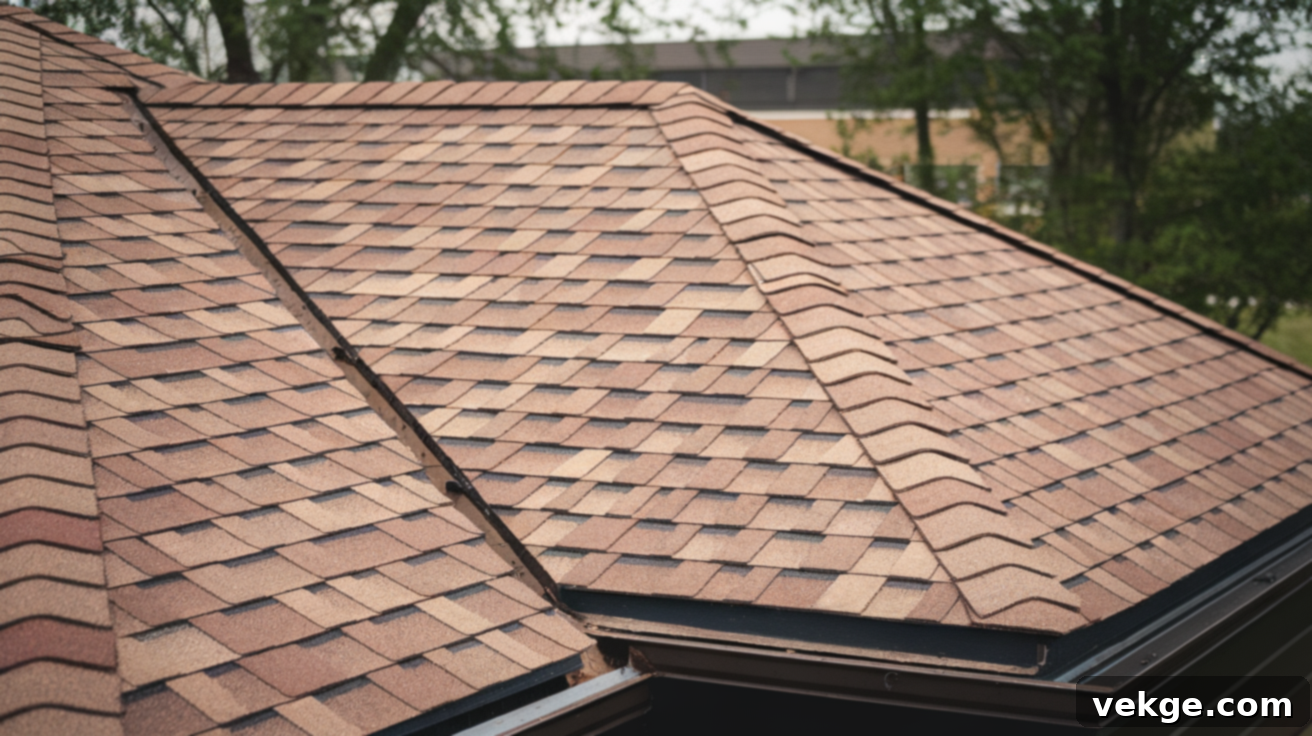The Ultimate Guide to Choosing the Best Roof Shingles for Your Home
Embarking on a roof replacement or considering a new installation can be daunting, especially with the multitude of roofing materials available. If you’re feeling unsure about which direction to take, you’re not alone. The choice of roof shingles significantly impacts your home’s protection, energy efficiency, and curb appeal, making it one of the most crucial decisions for any homeowner.
From traditional asphalt to modern solar solutions, each shingle type boasts unique characteristics in terms of style, upfront cost, long-term value, and durability. Understanding these differences is key to making an informed decision that aligns with your specific needs, local climate, and aesthetic preferences.
This comprehensive guide is designed to simplify your journey, offering a detailed breakdown of the most popular and innovative roof shingle types on the market today. We’ll delve into their distinct advantages, expected lifespans, maintenance requirements, and crucial factors to consider when making your selection. Our goal is to equip you with all the knowledge needed to choose the ideal roofing material for your home.
Join us as we explore how to match the perfect shingles to your roof and your budget, ensuring lasting protection and enhancing your home’s overall value.
What Are Roof Shingles? Essential Protection and Style for Your Home
At their core, roof shingles are thin, flat, or contoured pieces of material meticulously arranged in overlapping rows to form the protective outer layer of a building’s roof. Their primary function is to safeguard the underlying structure from the relentless assault of natural elements such as rain, snow, wind, and harsh UV radiation. Beyond mere protection, shingles play a vital role in the building’s overall performance and aesthetic.
Beyond weatherproofing, shingles contribute significantly to the thermal insulation of your home, helping to regulate indoor temperatures and reduce energy consumption. They are also a cornerstone of your home’s exterior design, offering a vast array of colors, textures, and profiles that enhance curb appeal and reflect your personal style. Available in various materials like asphalt, wood, metal, and slate, each type presents a unique blend of benefits tailored to specific climates, architectural styles, and homeowner priorities.
Exploring the Best Types of Roof Shingles: A Detailed Overview
The market for roof shingles is rich with diversity, offering materials that cater to every budget, climate, and design aspiration. Selecting the right type involves weighing factors like durability, cost, appearance, and maintenance. Here’s an in-depth look at the most common and innovative roof shingle types, categorized by their primary material:
Asphalt Shingles: The Most Popular Choice for Residential Roofing
Asphalt shingles remain the undisputed leader in residential roofing due to their exceptional affordability, ease of installation, and wide range of styles. Made from a fiberglass mat coated with asphalt and topped with ceramic granules, they offer reliable protection and are suitable for most climates. There are several types of asphalt shingles, each with distinct features:
1. 3-Tab Shingles: The Economical Standard
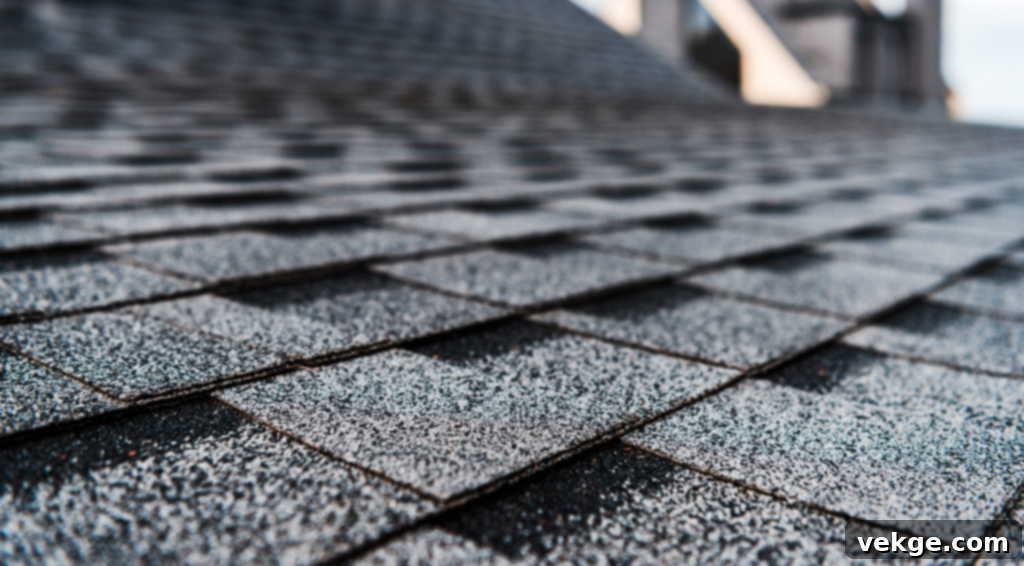
These are the most basic and budget-friendly asphalt shingles, identifiable by their distinctive cut-outs that create the illusion of three separate tabs per shingle strip. Consisting of a single layer of material, they are a practical choice for homeowners seeking a cost-effective roofing solution for milder climates. While they offer good protection, their lifespan is typically shorter, ranging from 15 to 20 years, and they provide less resistance to severe weather compared to their more robust counterparts.
2. Architectural Shingles: Enhanced Durability and Aesthetic Appeal
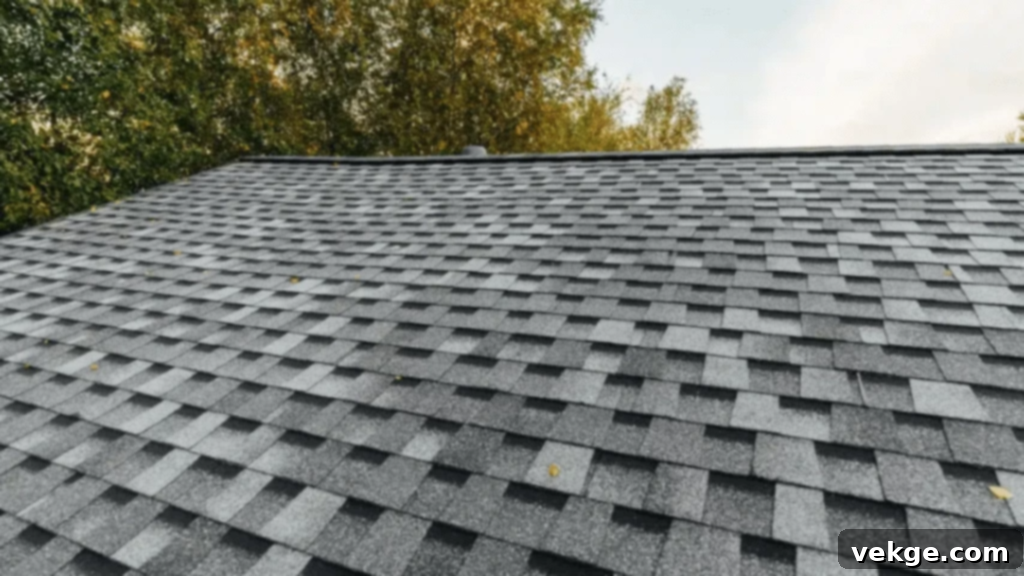
Also known as laminate or dimensional shingles, architectural shingles are a significant upgrade from 3-tab versions. They feature a multi-layered, textured design that creates a more robust and visually appealing roof, often mimicking the look of natural wood shakes or slate. This construction provides superior weather resistance and an extended lifespan of 25 to 30 years. Homeowners frequently choose architectural shingles for their enhanced durability, better wind resistance, and their ability to add a sophisticated, high-definition look to any home.
3. Luxury Shingles: Premium Performance and Exquisite Style
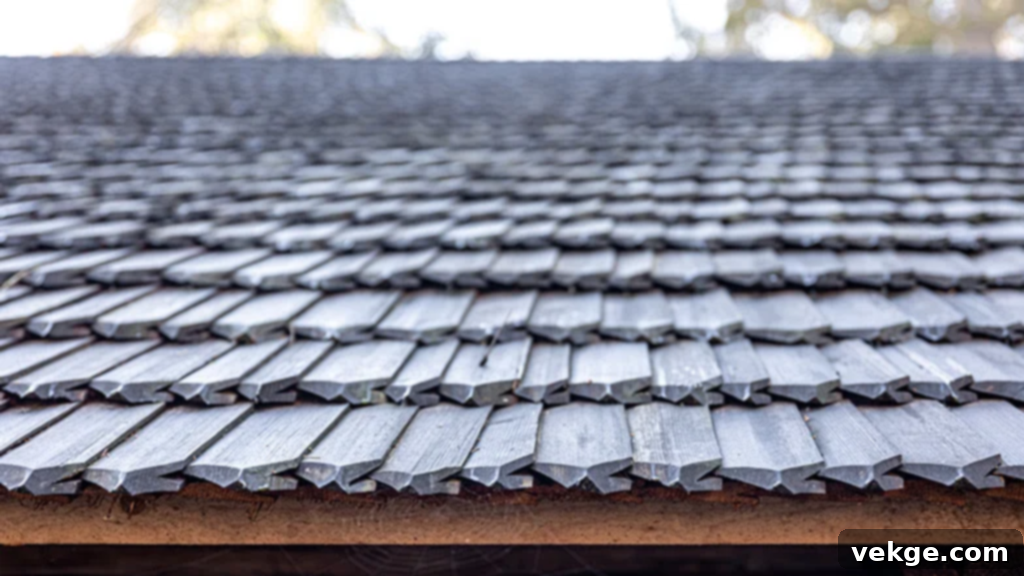
Representing the pinnacle of asphalt shingle technology, luxury shingles are engineered to replicate the high-end appearance and substantial weight of natural slate or cedar shakes, but at a fraction of the cost and with easier installation. Their advanced multi-layered design provides exceptional durability, often backed by warranties extending up to 50 years. While they represent a higher initial investment compared to other asphalt options, luxury shingles offer unparalleled curb appeal, superior protection against harsh weather conditions, and a long-term return on investment.
4. Impact-Resistant Asphalt Shingles: Built for Severe Weather
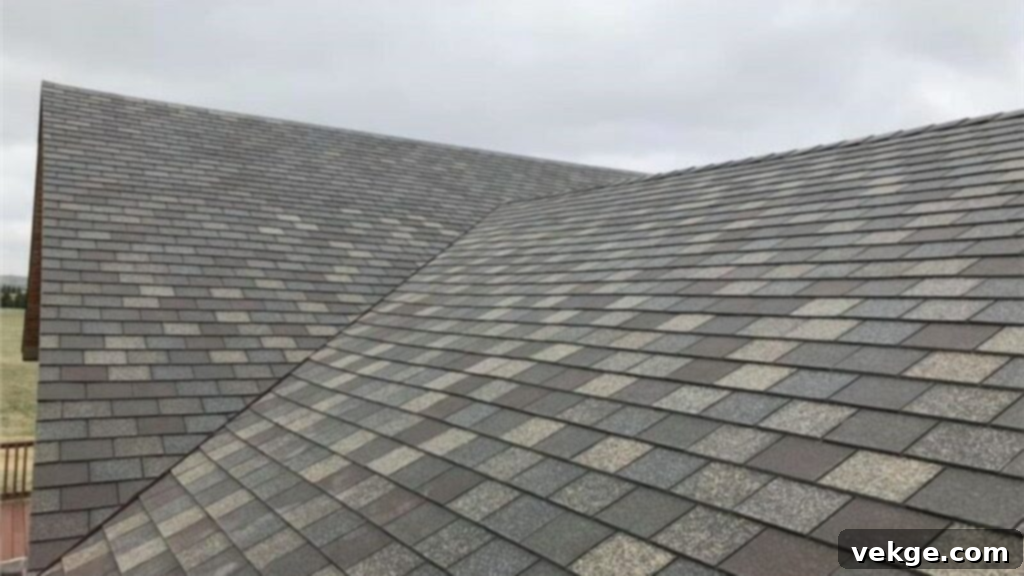
Specifically engineered for regions prone to hailstorms and high winds, impact-resistant asphalt shingles feature enhanced flexibility and reinforcement to withstand severe weather conditions. These shingles often carry a Class 4 impact resistance rating, which can sometimes qualify homeowners for discounts on insurance premiums. While their initial cost is higher than standard asphalt shingles, their superior durability and ability to resist damage from falling debris and extreme weather make them a wise investment for long-term protection and peace of mind.
5. Cool Roofing Shingles: Energy Efficiency for Hot Climates
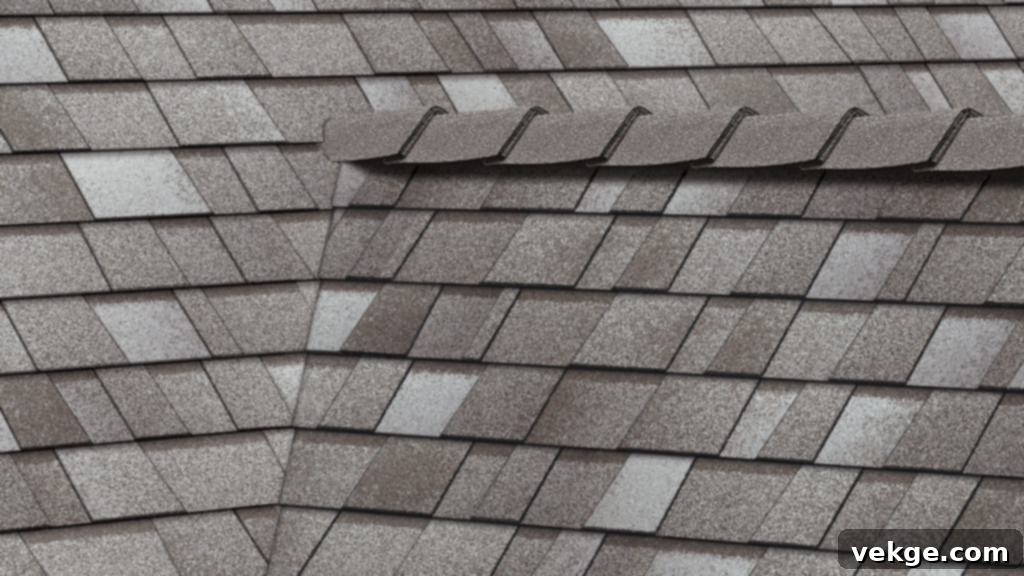
Designed with special granules that reflect more sunlight and absorb less heat, cool roofing shingles are an excellent choice for homes in hot climates. By keeping the roof surface cooler, they effectively reduce the amount of heat transferred into your attic and living spaces, leading to lower air conditioning costs and improved indoor comfort. These energy-efficient shingles often meet specific energy star ratings and local building codes for energy conservation, making them a smart choice for environmentally conscious homeowners looking to enhance their home’s energy performance and save on utility bills.
Metal Shingles: Unmatched Durability and Modern Appeal
Metal shingles offer a compelling combination of exceptional durability, longevity, and modern aesthetics. Available in various metals and finishes, they provide superior protection against fire, wind, and pests, often lasting significantly longer than traditional asphalt options. Metal roofing is also known for its energy efficiency, reflecting solar heat and keeping homes cooler.
6. Steel Shingles: Robust and Versatile
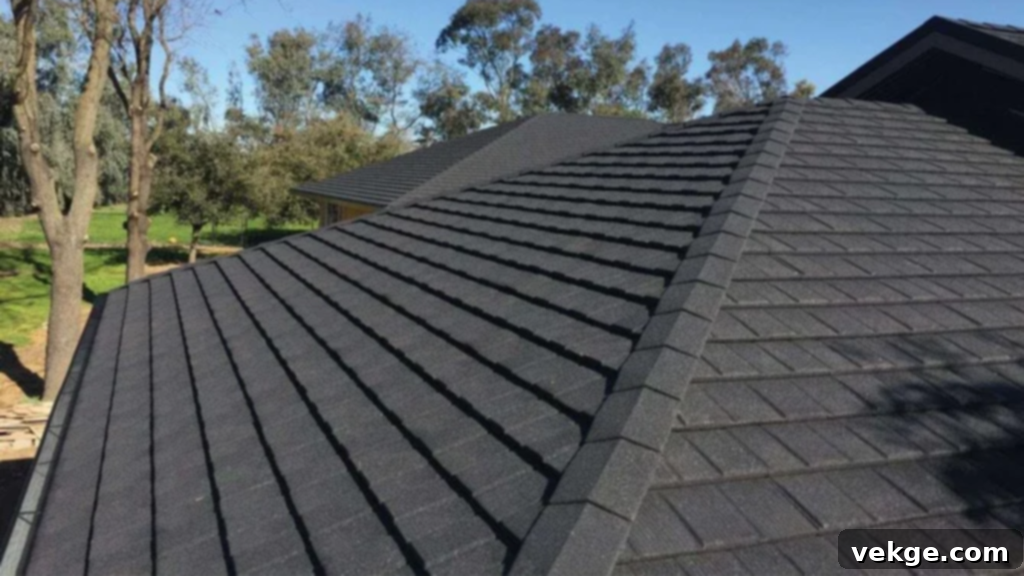
Steel shingles are a popular and cost-effective metal roofing option, prized for their strength and longevity, typically lasting 40-70 years. They are highly resistant to fire, rot, mildew, and insects, making them a low-maintenance choice. Often coated with protective layers like zinc (galvanized) or aluminum-zinc alloy (Galvalume) and sometimes stone-coated, steel shingles can mimic the look of traditional shingles, slate, or tile, providing excellent aesthetic versatility along with their superior weather protection.
7. Copper Shingles: Timeless Elegance and Extreme Longevity
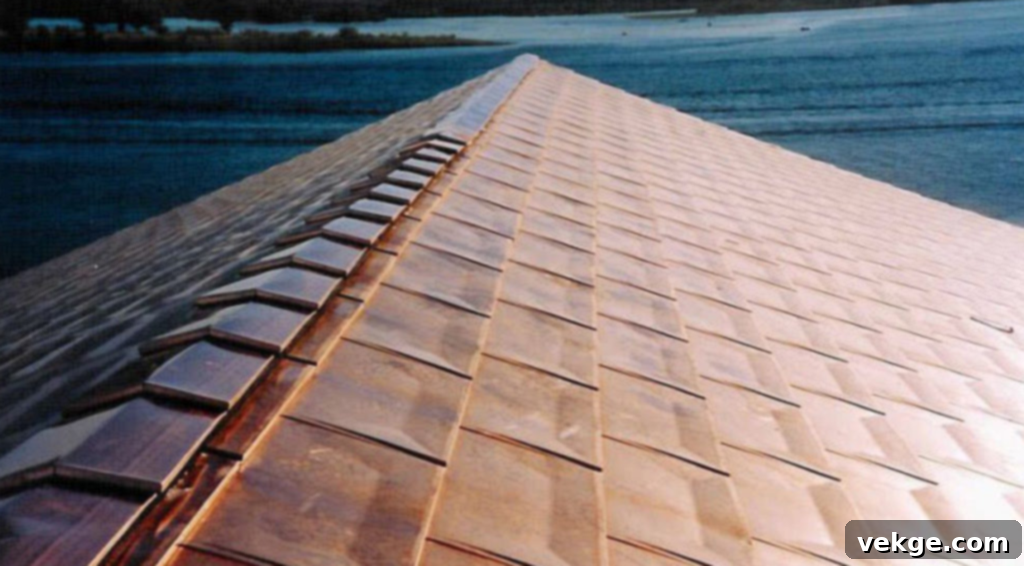
Copper shingles offer a truly distinctive and luxurious roofing solution. Renowned for their incredible longevity, often exceeding 100 years, and their unique aesthetic transformation, copper develops a beautiful, natural blue-green patina over time. Highly resistant to corrosion, fire, and biological growth, copper is a maintenance-free material that requires no painting or special coatings. While significantly more expensive than other metal options, copper shingles are an investment that provides unmatched curb appeal, exceptional durability, and a timeless character that only improves with age.
8. Aluminum Shingles: Lightweight and Corrosion-Resistant
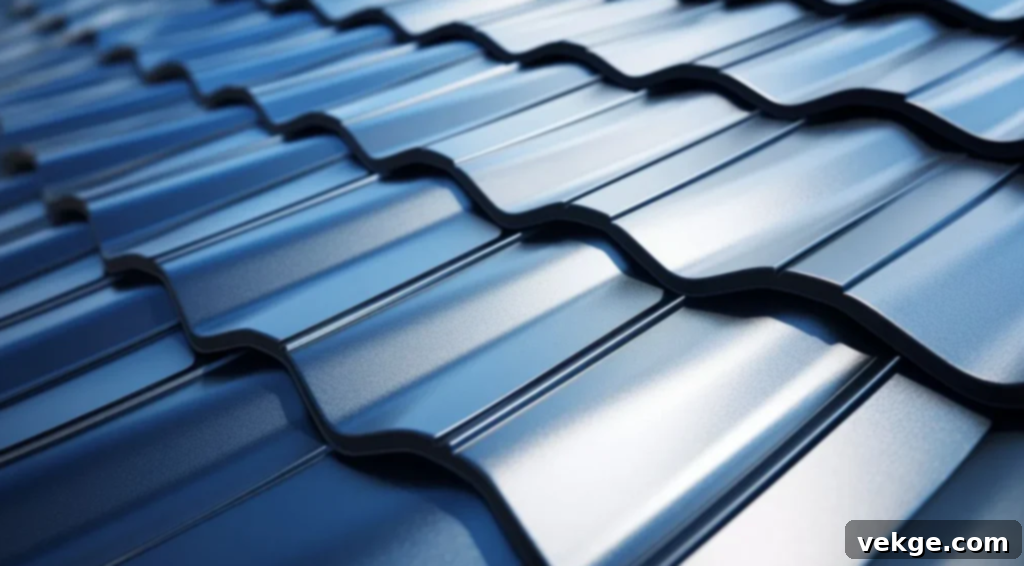
Aluminum shingles are celebrated for their light weight and exceptional resistance to corrosion, making them an ideal choice for coastal regions where saltwater exposure is a concern. With a lifespan of approximately 30-50 years, they offer excellent durability and come in various pre-painted finishes that maintain their color over time. While slightly more expensive than asphalt, aluminum’s rust-proof nature, recyclability, and energy-efficient properties make it a valuable long-term investment for homeowners seeking a low-maintenance and robust roofing solution.
9. Zinc Shingles: Modern Durability with Self-Healing Properties
Zinc shingles are a premium metal roofing option known for their extraordinary durability and resistance to corrosion, often lasting an impressive 50-100 years. What sets zinc apart is its ability to develop a protective patina that can “self-heal” minor scratches, extending its lifespan and maintaining its sleek, modern aesthetic. Zinc is also a highly sustainable choice, being 100% recyclable. These characteristics make zinc shingles an excellent, albeit higher-cost, option for discerning homeowners seeking a uniquely durable, eco-friendly, and visually striking roofing material that will last for generations.
10. Galvalume Shingles: Advanced Corrosion Protection

Galvalume shingles are crafted from a steel core that is coated with a proprietary alloy of aluminum and zinc, combining the strength of steel with the superior corrosion resistance of aluminum and zinc. This innovative coating provides enhanced protection against rust and elemental damage, making them particularly well-suited for wet or humid climates. Offering a lifespan of 40-60 years, Galvalume shingles are a robust, cost-effective, and long-lasting choice for homeowners seeking a durable metal roofing material that delivers excellent long-term value and dependable protection.
Wood Shingles: Natural Beauty and Rustic Charm
Wood shingles and shakes (thicker, hand-split versions) provide a classic, rustic aesthetic that complements a variety of architectural styles, particularly traditional, craftsman, and cabin-style homes. Known for their natural insulation properties and environmental appeal, wood shingles require regular maintenance to preserve their beauty and longevity, but offer a distinct warmth and character that other materials cannot match.
11. Cedar Shingles: Traditional Appeal with Natural Resilience
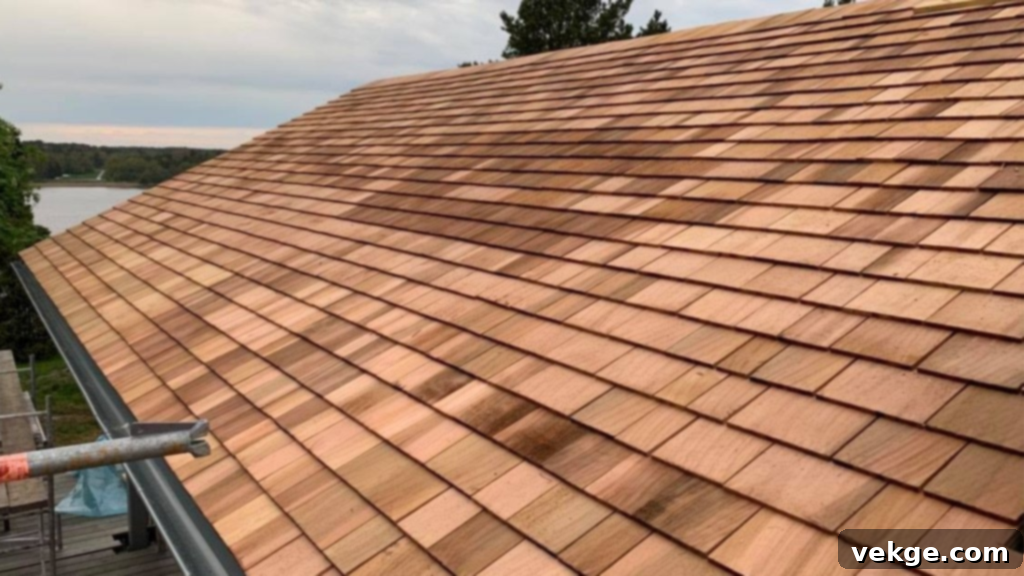
Cedar shingles are highly sought after for their natural beauty, rich aroma, and timeless rustic appearance. With a lifespan of 30-50 years, cedar naturally resists insects and moisture, offering good durability. However, to prevent decay, moss growth, and color degradation, they require regular maintenance, including cleaning and occasional treatments. Cedar shingles are an excellent choice for homeowners who appreciate a traditional aesthetic and are prepared for the periodic care necessary to maintain their roof’s natural charm and integrity.
12. Redwood Shingles: Enduring Beauty and Decay Resistance
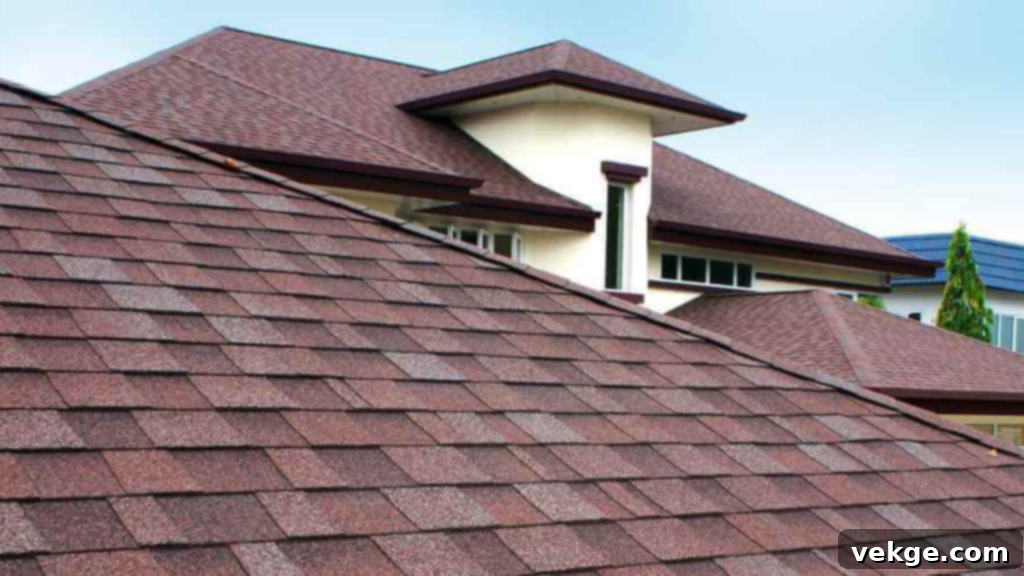
Redwood shingles provide a deep, warm hue that adds a distinctive character to any home. Similar to cedar, redwood boasts natural resistance to insects, rot, and decay, often outperforming cedar in certain climates due to its inherent properties. With a lifespan of approximately 30-40 years, redwood is a sustainable roofing material when sourced responsibly. While it also requires regular cleaning and treatment to maintain its vibrant color and structural integrity, redwood offers an excellent option for those seeking a durable and aesthetically rich wood roofing solution.
13. Pine Shingles: An Accessible Wood Shingle Option
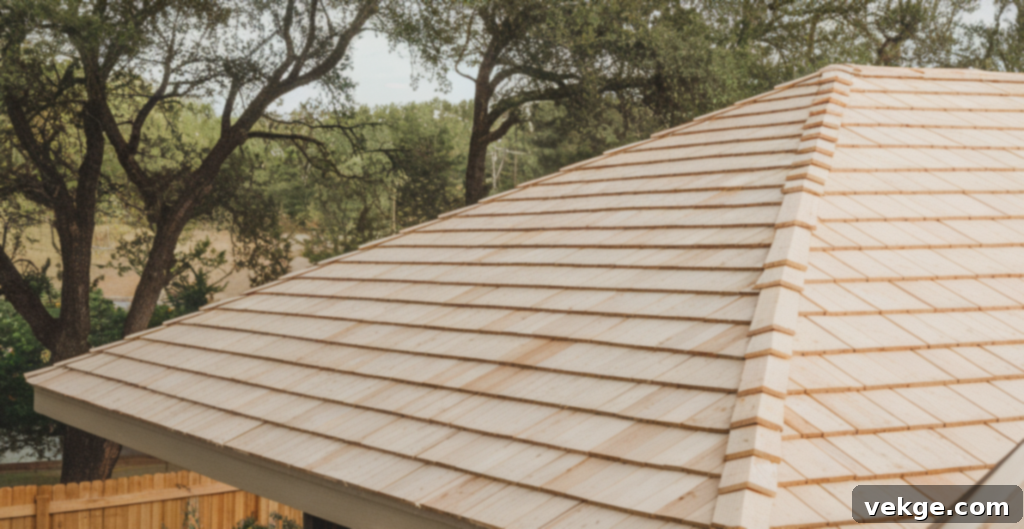
Pine shingles offer a more budget-friendly entry into the wood roofing aesthetic compared to cedar or redwood. However, this affordability comes with the need for more intensive maintenance and a shorter lifespan, typically ranging from 20-30 years. Pine is more susceptible to weathering, rot, and insect damage, necessitating regular treatments and careful upkeep to preserve its condition. Despite these considerations, pine shingles are an ideal choice for homeowners on a tighter budget who still desire the classic, natural look of a wooden shingle roof.
Slate Shingles: Timeless Elegance and Unrivaled Durability
Slate shingles are considered one of the most prestigious and long-lasting roofing materials available. Quarried from natural stone, slate offers unparalleled durability, fire resistance, and a sophisticated, classic appearance that can elevate any architectural style. While their weight and cost require specialized installation and a higher initial investment, slate roofs are truly a “once-in-a-lifetime” investment.
14. Natural Slate: The Quintessential Luxury Roof
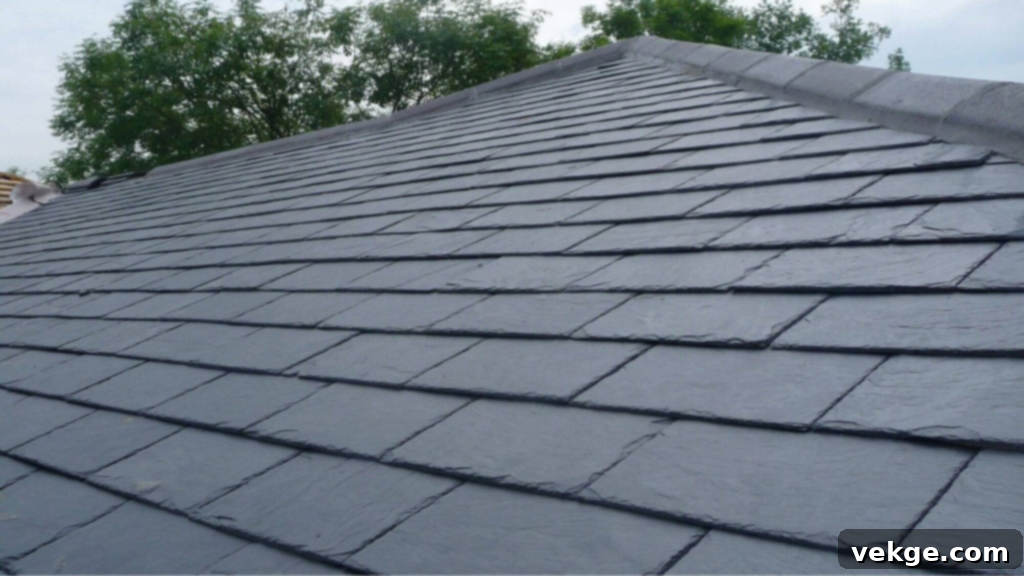
Natural slate shingles are harvested directly from stone quarries, offering a unique blend of colors, textures, and unmatched longevity, with lifespans often exceeding 100 years or more. They are inherently fire-resistant, impervious to rot, and highly resistant to severe weather, making them an incredibly robust roofing material. While they command a significant premium in terms of material cost and require a specialized installation process due to their substantial weight, natural slate provides a truly classic and enduring look that drastically increases a home’s value and aesthetic appeal.
15. Synthetic Slate: The Modern Alternative to Natural Stone
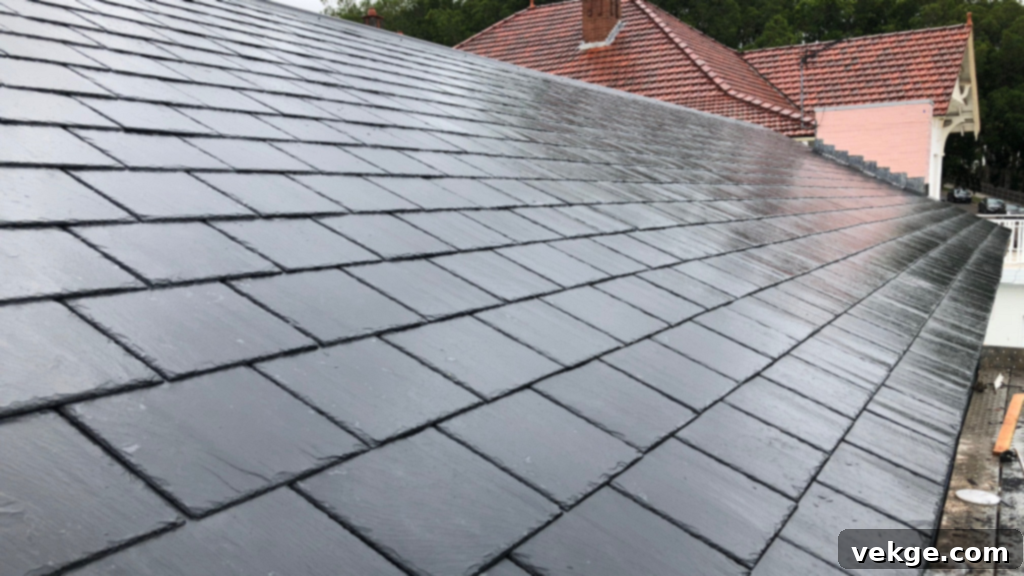
Synthetic slate shingles offer an attractive and practical alternative to natural slate, replicating its elegant appearance without the associated weight, fragility, and high cost. Made from engineered polymers, recycled rubber, or plastic, these shingles are significantly lighter and more affordable to install. They provide comparable durability and aesthetics, with lifespans often extending 50 years or more, alongside excellent impact and fire resistance. Synthetic slate is an ideal choice for homeowners who desire the sophisticated look of traditional slate but seek a lighter, more sustainable, and less expensive roofing solution.
Composite Shingles: Innovative, Sustainable, and Versatile
Composite shingles represent a modern advancement in roofing, utilizing a blend of recycled materials like rubber, plastic, and fiberglass. These innovative shingles offer a highly durable and eco-friendly alternative to conventional roofing options, often excelling in mimicking the aesthetic of more expensive materials such as wood shakes or natural slate. Their versatility, combined with their strength and environmental benefits, makes them an increasingly popular choice.
16. Rubber Shingles: Resilient and Eco-Conscious
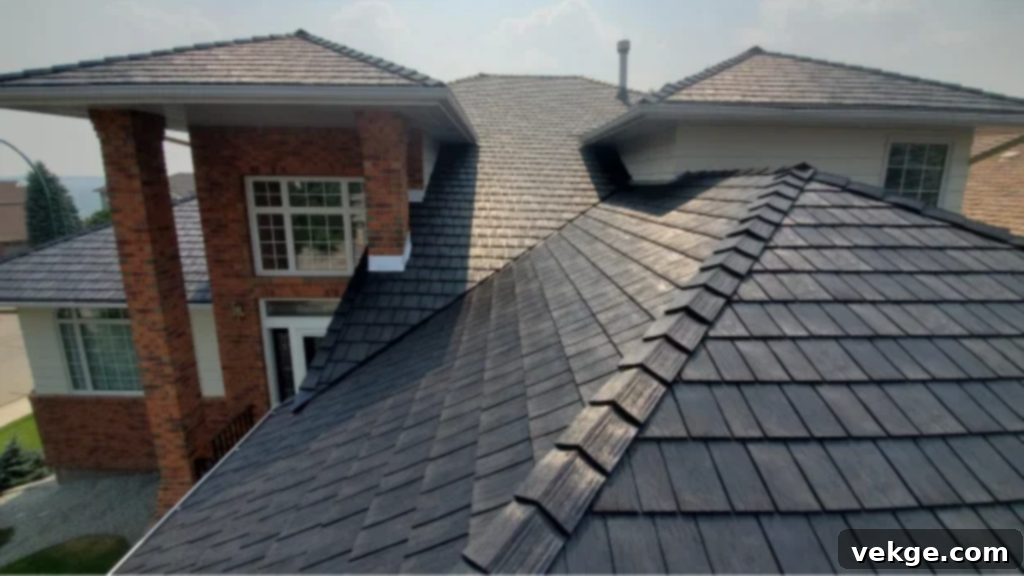
Crafted primarily from recycled rubber, these shingles are a highly sustainable and exceptionally resilient roofing option. Rubber shingles boast outstanding durability, superior water resistance, and excellent impact absorption, making them ideal for areas with harsh weather. They are lightweight, easy to install, and typically offer a long lifespan of 30-50 years. Available in various styles and colors, often mimicking wood shakes or slate, rubber shingles provide a versatile, noise-dampening, and eco-friendly solution for environmentally conscious homeowners.
17. Plastic Shingles: Lightweight, Affordable, and Adaptable
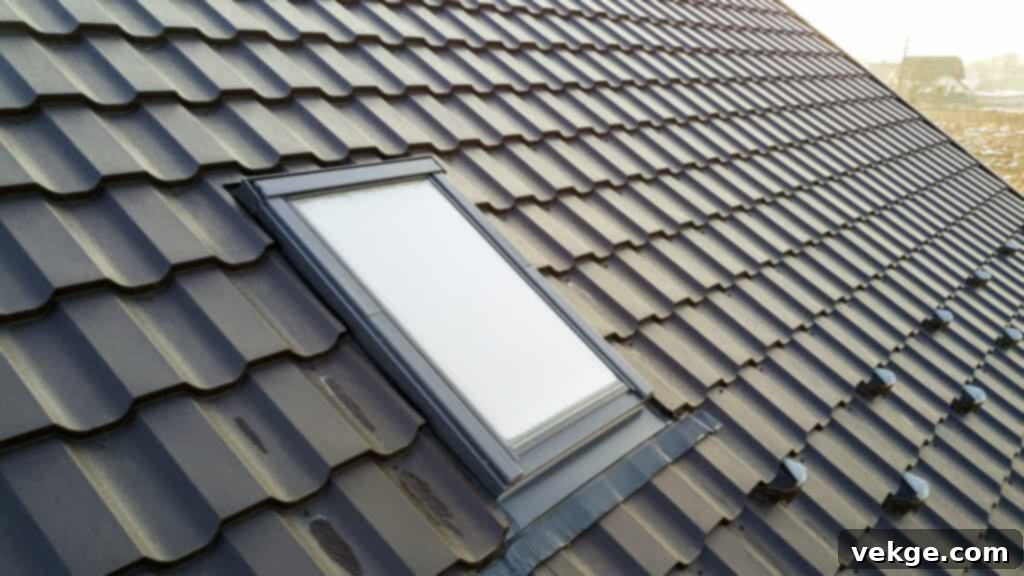
Plastic shingles, often made from recycled plastic materials, offer a lightweight and affordable alternative to traditional roofing. They are highly durable, resistant to fire, impact, and UV degradation, and maintain their color exceptionally well. These versatile shingles can be molded into various designs, effectively mimicking the aesthetics of wood, slate, or tile. With a lifespan of up to 30 years, plastic shingles are an excellent choice for homeowners looking for an eco-conscious, low-maintenance, and cost-effective roofing solution that doesn’t compromise on appearance or performance.
18. Fiberglass Shingles (Composite-Enhanced): Durable and Value-Oriented
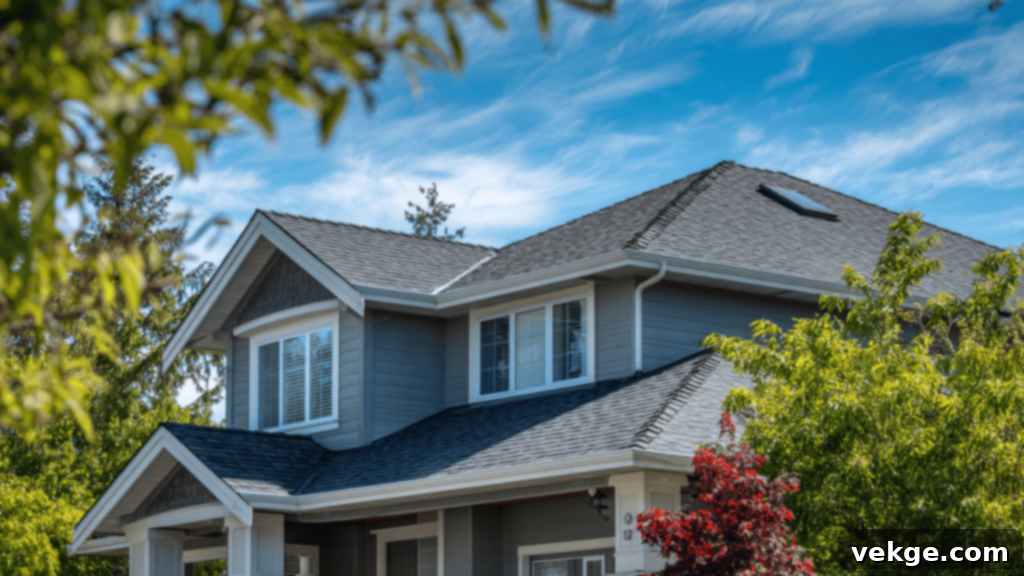
While often used as the core mat in asphalt shingles, fiberglass can also be a primary component in dedicated composite shingles, where it’s combined with other polymers and materials for enhanced properties. These advanced fiberglass composite shingles are notably lightweight, highly water-resistant, and less prone to issues like mold and mildew. With a solid lifespan of 20-30 years, these composite shingles offer excellent value for budget-conscious homeowners seeking a durable, fire-resistant, and relatively low-maintenance roofing material with improved performance over basic asphalt options.
19. Recycled Shingles: The Epitome of Sustainable Roofing
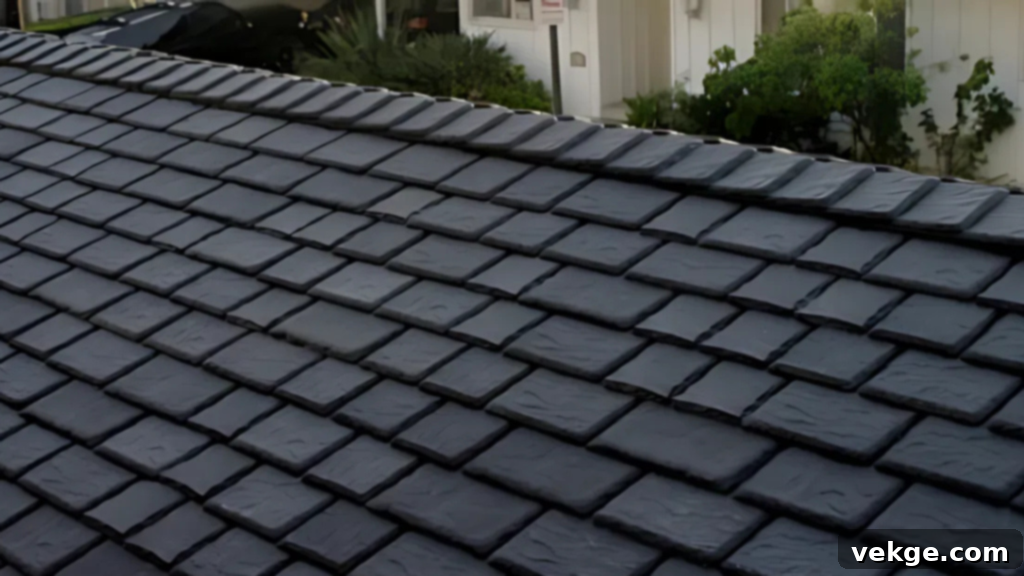
Representing a commitment to environmental responsibility, recycled shingles are manufactured from a diverse range of post-consumer and post-industrial waste materials, including plastics, rubber, and even wood fibers. These eco-friendly options offer commendable durability, excellent weather resistance, and often mimic the appearance of more traditional materials like wood or slate. Typically lasting around 30 years, recycled shingles are an ideal choice for homeowners who prioritize sustainability and wish to minimize their environmental footprint without sacrificing performance or aesthetic appeal in their roofing solution.
Other Shingles: Specialized Solutions for Unique Needs
Beyond the primary categories, several other roofing options offer unique advantages, addressing specific needs for energy generation, traditional aesthetics, or robust, low-cost durability. These specialized shingles provide diverse benefits tailored to particular climates, architectural styles, and homeowner priorities.
20. Solar Shingles: Generating Energy with Integrated Design
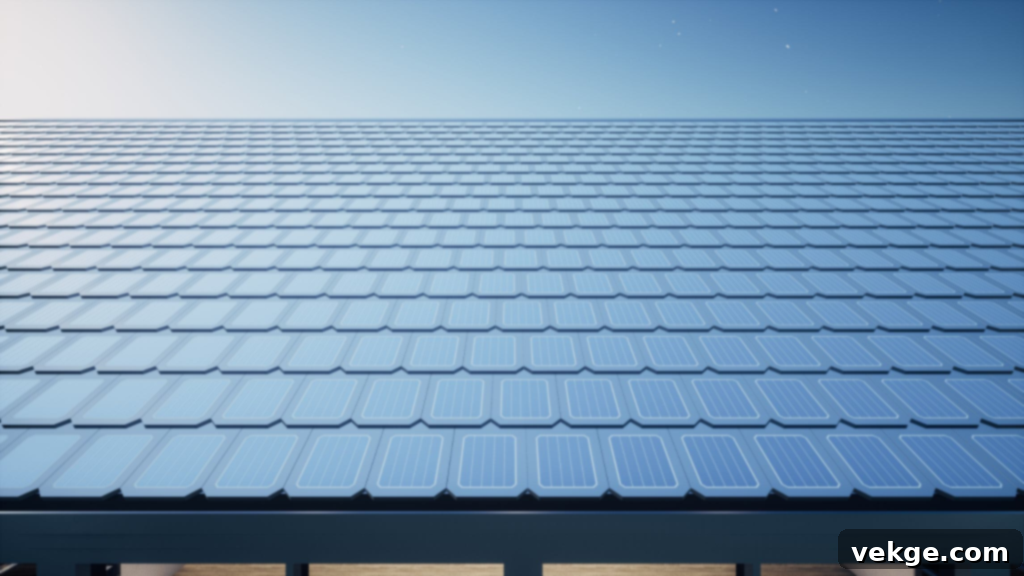
Solar shingles are a cutting-edge roofing innovation that seamlessly integrates photovoltaic cells directly into the roofing material, allowing your roof to generate electricity for your home. Unlike bulky traditional solar panels, solar shingles offer a sleek, low-profile appearance that maintains your home’s aesthetic integrity. While their upfront installation cost is significantly higher, they provide substantial long-term savings on energy bills and can increase your property’s value, making them a smart, eco-conscious investment for homeowners aiming for energy independence and a reduced carbon footprint.
21. Clay Tile Shingles: Mediterranean Charm and Robustness
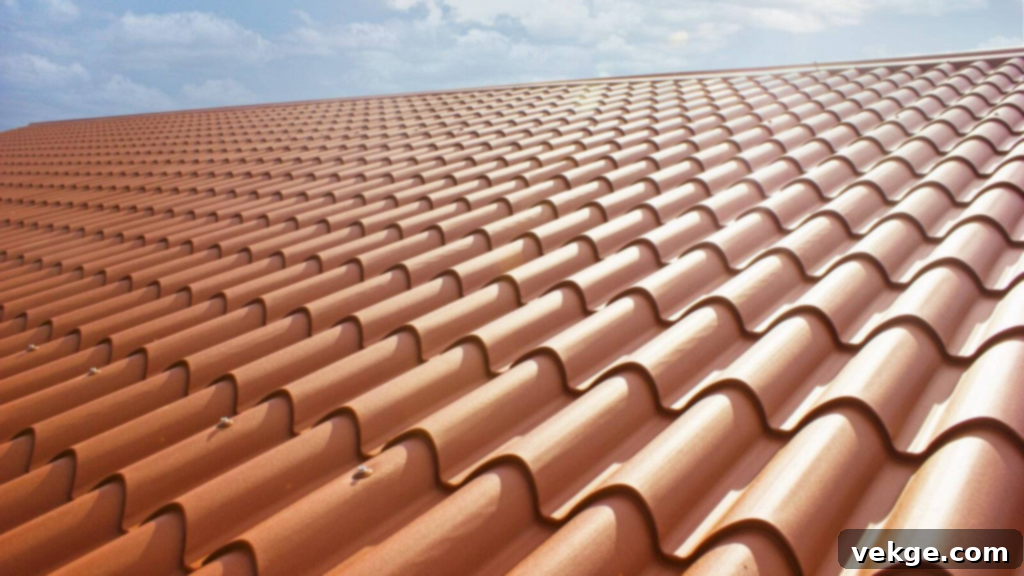
Clay tile shingles are celebrated for their distinctive Mediterranean or Spanish architectural flair, offering an elegant and timeless aesthetic. These heavy-duty tiles provide exceptional durability, superior fire resistance, and excellent insulation properties. While they boast an impressive lifespan of up to 50 years and more, clay tiles can be prone to cracking from impact and are significantly more expensive to purchase and install due to their weight and specialized labor requirements. They are a luxury option ideal for homeowners seeking a unique, long-lasting, and highly aesthetic roofing material.
22. Concrete Tile Shingles: Versatile and Cost-Effective Durability
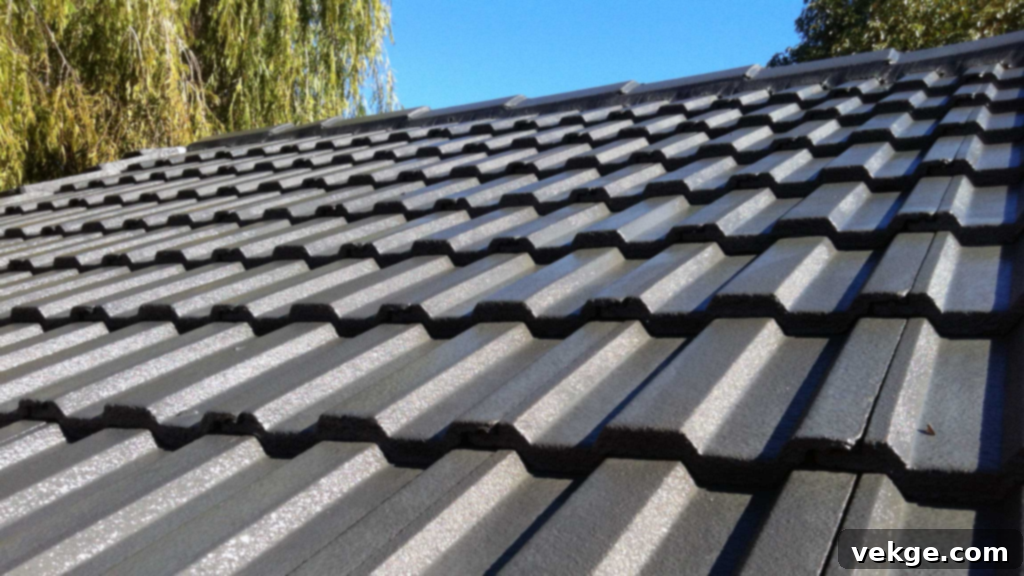
Concrete tiles offer a more budget-friendly and equally robust alternative to traditional clay or natural slate tiles. They are exceptionally durable, fire-resistant, and can be manufactured in a vast array of shapes, colors, and textures, allowing them to mimic the look of many other roofing materials. With a lifespan typically ranging from 40-50 years, concrete tiles provide a sturdy, long-lasting, and aesthetically versatile roofing option. Their affordability, combined with their resistance to harsh weather and fire, makes them a perfect choice for homeowners seeking a strong, yet cost-effective roofing solution.
Choosing the Right Roof Shingles for Your Home: Key Considerations
Selecting the ideal roof shingles for your home involves a careful evaluation of several interconnected factors. A thoughtful approach ensures you pick a material that not only protects your investment but also enhances its value and suits your lifestyle.
- Climate and Weather Conditions: Your local climate is paramount. If you live in an area prone to severe hailstorms, high winds, or heavy snowfall, impact-resistant asphalt, metal, or durable slate shingles might be your best bet. For hot climates, cool roofing shingles or light-colored metal can significantly reduce cooling costs. Humid environments might benefit from materials less susceptible to moss and algae growth.
- Budget and Long-Term Value: Initial cost is often a primary concern, but it’s crucial to consider the long-term investment. While asphalt shingles are generally the most affordable upfront ($350–$850 per square), materials like metal ($700 to $1,400 per square) or slate (often $1,000+ per square) have higher initial costs but offer significantly longer lifespans and lower maintenance, leading to a better return on investment over decades. Don’t forget potential insurance premium reductions for impact-resistant options.
- Aesthetic Preferences and Home Style: The visual impact of your roof is undeniable. Consider your home’s architectural style and your personal taste. Do you prefer the rustic charm of wood, the classic elegance of slate, the modern look of metal, or the traditional appearance of asphalt? Many shingle types, especially composites, can mimic the look of more expensive materials, offering flexibility without compromising style.
- Durability and Lifespan: Different materials offer varying degrees of durability and expected lifespan. From 3-tab asphalt (15-20 years) to natural slate (100+ years), understanding these ranges will help you align your choice with how long you plan to stay in your home and your appetite for future roof replacements. Look into warranties as well, as they often reflect a manufacturer’s confidence in product longevity.
- Maintenance Requirements: Some materials, like wood, require regular cleaning and treatment, while others, like metal or slate, are virtually maintenance-free. Factor in the time, effort, and potential cost of upkeep when making your decision.
- Installation Complexity: While certain asphalt shingles might be suitable for experienced DIY enthusiasts, specialized materials like slate, metal, or solar shingles almost always require professional installation to ensure proper performance, warranty validity, and safety. Always consider the importance of a qualified and experienced roofing contractor.
By carefully weighing these factors, you can confidently choose the roof shingles that provide the best balance of protection, beauty, and value for your home.
Shingle Maintenance and Care: Ensuring Your Roof’s Longevity
A well-maintained roof is your home’s first line of defense against the elements. Regular maintenance not only prolongs the lifespan of your shingles but also prevents minor issues from escalating into costly repairs, protecting your entire home from potential damage.
Repairing Damaged Shingles: Prompt Action for Lasting Protection
Addressing damaged shingles quickly is crucial for preventing water infiltration and further structural issues. While extensive damage warrants professional attention, many minor repairs can be handled by homeowners. Here’s a step-by-step guide for common shingle repairs:
- Inspect the Damage Thoroughly: Begin by safely assessing the extent of the damage. Determine if it’s localized to a few shingles or indicative of a more widespread problem. Small, isolated damage typically means a straightforward repair, whereas widespread issues may suggest the need for professional inspection or even a partial/full roof replacement.
- Replacing Asphalt Shingles: For curled, cracked, or missing asphalt shingles, carefully lift the surrounding shingles using a flat bar (being gentle to avoid breaking them, especially in cold weather). Remove any exposed roofing nails. Slide the new shingle into place, ensuring it aligns properly. Secure it with new roofing nails, placing them under the overlap of the shingle above. Finally, apply a small dab of roofing adhesive to the edges of the new shingle and gently press down on the surrounding shingles to seal them, preventing water intrusion and wind uplift.
- Repairing Metal Shingles: Minor dents or scratches on metal shingles can often be repaired using a specialized metal roof repair kit, which typically includes sealants and matching paint. For more significant damage, such as large punctures or severe warping, replacing the affected panel or shingle is usually necessary to maintain the roof’s integrity and weather resistance. Always ensure seams are properly sealed after any repair.
- Check for Leaks Post-Repair: After completing any roof repair, it’s vital to inspect your attic or ceilings during the next rainfall. Look for any signs of water stains, drips, or moisture. This critical step confirms the success of your repair and indicates if any additional work or professional assessment is required to ensure your home remains completely dry and secure.
Prompt and effective shingle repair is essential to maintain your roof’s top condition, safeguarding your home from the elements and extending its protective capabilities.
Maintenance Tips: Keeping Your Roof in Excellent Condition
Proactive and regular maintenance is the cornerstone of a long-lasting roof. Adhering to these tips will help keep your shingles clean, durable, and performing optimally for many years:
- Routine Cleaning Practices: Regularly clear away debris such as fallen leaves, pine needles, branches, and accumulated dirt from your roof surface. Use a soft-bristled brush or a garden hose with low pressure for cleaning. Avoid high-pressure washing, which can strip protective granules from asphalt shingles or damage other roofing materials, significantly shortening their lifespan.
- Addressing Common Issues Proactively: Periodically inspect your roof for common signs of wear. For asphalt shingles, look for granule loss (bald spots), curling, buckling, or missing tabs. Metal shingles might show signs of rust, fading paint, or loose fasteners. Be vigilant for any loose or missing shingles, as these are direct entry points for water that can lead to leaks and extensive water damage inside your home.
- Essential Preventive Care: Keep your gutters and downspouts meticulously clean and free of blockages to ensure proper water drainage away from your roof and foundation. Clogged gutters can lead to water backup, ice dams in winter, and premature shingle deterioration. Additionally, trim any tree branches that overhang or are close to your roof to prevent them from scraping the shingles, depositing debris, or causing damage during storms. Minimizing foot traffic on the roof is also advisable to reduce unnecessary wear and tear.
Implementing these proper maintenance practices will significantly extend the lifespan of your roof shingles and save you considerable money on future repairs or premature replacement. Regular, attentive care is truly vital for keeping your roof in pristine condition and your home well-protected.
Wrapping Up: Making Your Informed Roofing Decision
Navigating the diverse world of roof shingles can initially feel overwhelming, but a clear understanding of each type’s benefits, costs, and maintenance requirements empowers you to make the absolute best choice for your home. By now, you have a comprehensive overview of 22 different roofing materials—from the cost-effective reliability of asphalt to the enduring elegance of slate, and the innovative sustainability of composite and solar options.
Remember to consider what truly matters most for your specific situation: your budget, the desired aesthetic appeal, the local climate’s demands, and the long-term durability you expect from your investment. Building your decision from these core priorities will lead you to a roofing solution that perfectly suits your needs.
Choosing the right roof not only provides essential protection against the elements but also profoundly enhances your home’s curb appeal and can significantly boost its market value. With diligent and regular care, the right shingles can stand strong for decades, offering peace of mind and lasting beauty.
For more expert tips on roofing projects, home upgrades, and essential maintenance advice, be sure to explore other insightful blogs on our website. We’re here to help you keep your home in magnificent shape for years to come.
